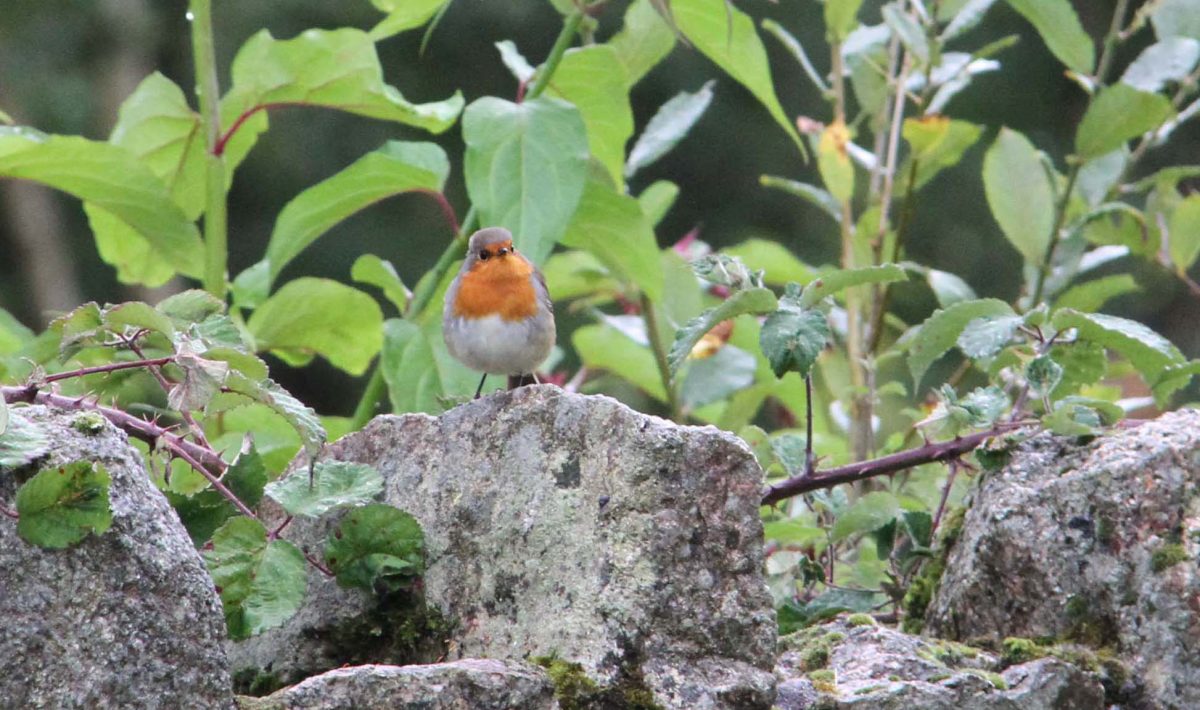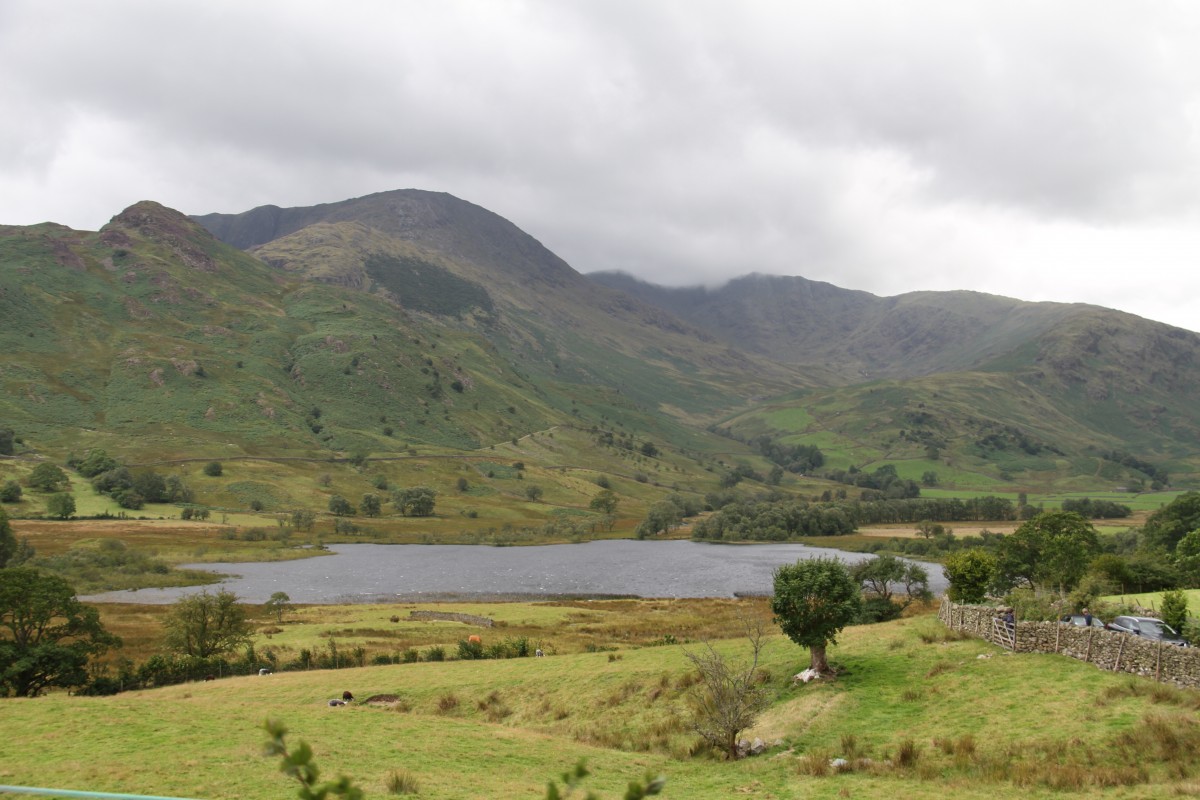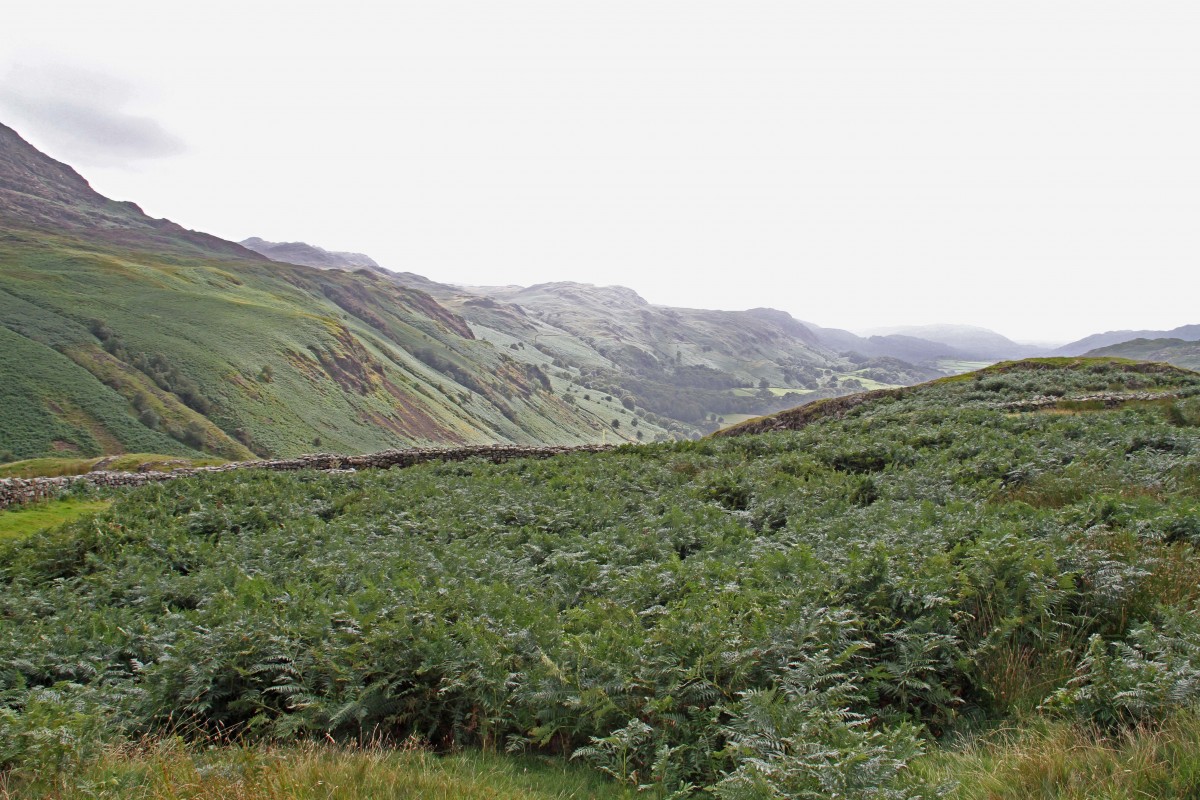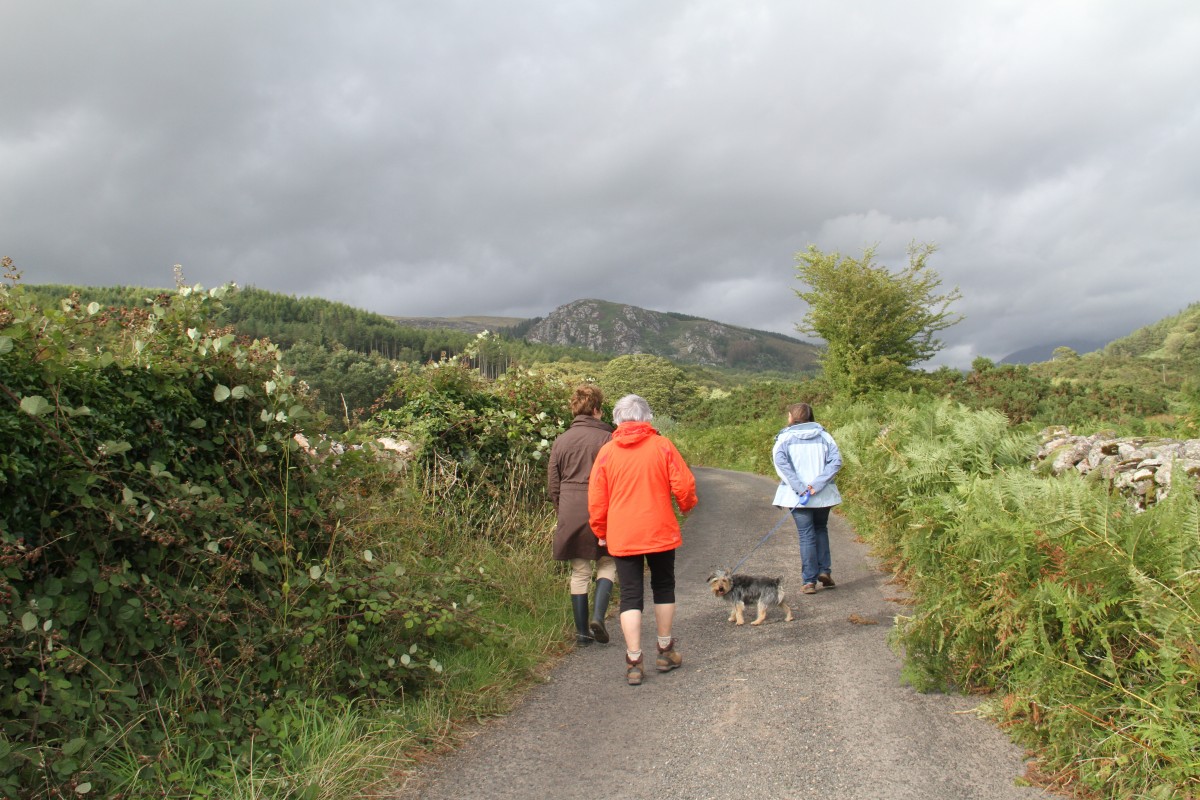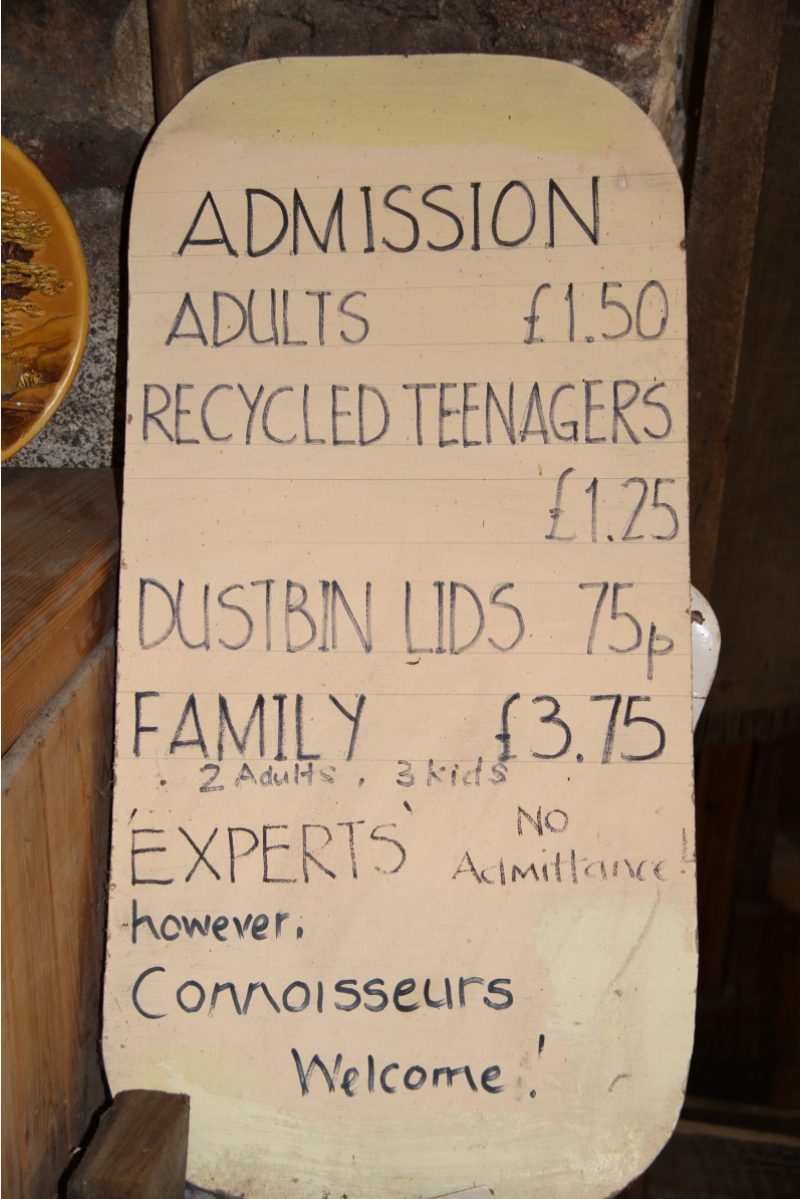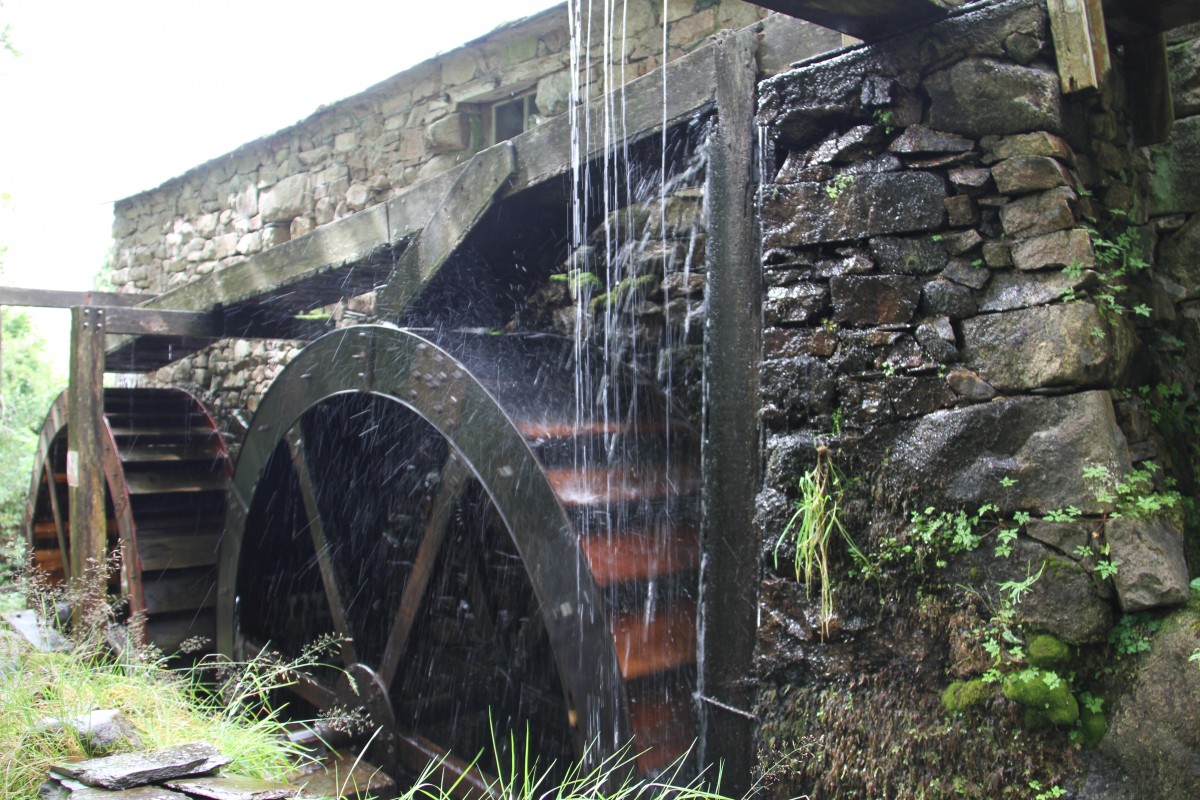Your ads will be inserted here by
Easy Plugin for AdSense.
Please go to the plugin admin page to
Paste your ad code OR
Suppress this ad slot.
Charming Cumbria, Lake District, UK
London is a little intimidating for visitors but luckily my daughter encouraged me to install London City app and it was the best thing I did as it made travelling around the vast city a pleasure instead of a nightmare. So when I was off to the Lake district by train I had to get from East Dulwich to Euston Station where I would catch the train to Oxenholme. I ended up having to take two buses to get there which was, in fact, very straightforward. I arrived at the station, found my train but was told it was very crowded and there was no seat allocation. One’s worst nightmare – to stand for four hours so I needed to get my skates on and race to get a seat. Once on and sitting in the first seat I saw empty, the train trip from then on was enjoyable. I was so looking forward to having a few days in the Lake district with my sister and friends, especially as I had never been there before but had read and heard so much about its natural beauty.
The train arrived at Oxenholme on time and my sister, my cousin and her friend were all there to meet me and welcome me to the Lake District. My cousin’s friend Diane had kindly offered us her house in Eskdale Green village (which is usually rented out as a holiday let) for our three nights there so off we set thinking we would go straight there but Diane had other ideas! Anyone coming to the Lake District for just a few days must see as much as possible in that time so she suggested we take the scenic route to our destination.
Our first stop was the ‘famous’ Lake Windermere and Windermere town. The lake looked really beautiful but the day was very cold and windy so it did not invite us to stay very long. Locals claim that this largest natural lake in UK holds many strange secrets! We had considered a trip in the ferry across the lake but the weather was not in our favour. We did stop for a cup of coffee in a hotel that overlooked the lake called Beachside Inn, which had a roaring fire and we enjoyed our coffee and the views from the warmth of the fireside.
Below photos from the drive up and over the Hardknott pass and the Hardknott Roman Fort
Next we headed off on the drive over the ‘infamous’ Hardknott pass’ which is a pass between Eskdale and Duddon Valley and is considered one of the most challenging drives in UK and it definitely lived up to its reputation. We climbed up some extremely steep gradient, crawled around hairpin bends and were held up for twenty minutes while a farmer loaded some wood onto a trailer outside his home which completely blocked the road either way! There is of course absolutely no way you had the room to pass anyone on this narrow road where briars brush your windows as you drive along the road. Our sympathies were with a local farmer behind us who was towing a trailer of hay trying and just wanted to go down the road to his home. It was his local road but unfortunately for him tourists love the challenge of driving along this narrow winding road. We decided he would need to be a very patient man to live along this road. The Hardknott pass road vies with Rosedale Chimney Band in North Yorkshire for title of steepest road in England with both having gradient of almost 20 degrees.
We stopped along the pass at the ancient Hardknott Roman Fort which is believed to be one of the most remote Roman forts in UK. It is set hight up to command a view across Eskdale Valley and the old Roman Road to Ravenglass. It was built in the early part of the second century AD around the reign of the Emperor Hadrian (117–38).
The drive was exciting, challenging and scenic and thanks to our careful driver we finally arrived in the charming village of Eskdale Green, with its one main shop that sells almost everything including local Cumbrian produce. There is also one garage and an old church. Diane’s holiday home, called ‘Rockwood’,was a beautiful detached Victorian house situated in an elevated position overlooking Muncaster Fell and the River Mite Valley (Lower Eskdale). Once settle and unpacked we went for a figure of eight walk with Diane and her dog Jack through beautiful bridle-walks – called Forrest How Bridleway. The scenery was stunning despite the heavy misty clouds. The walk circumnavigated the local village ending up going right through it. We walked past lush green field, woodlands and beautiful old stonewalls that were centuries old.
We decided we would drive to ‘The Boot Inn’ for dinner, just a few miles away. It was a lovely old building with a pub, a restaurant and accommodation. We ordered the local ‘langoustines’ but when we saw them arrive at the table next to us we decided they looked like too much hard work and changed our order for rib-eye steak which turned out to be OK. There was a warm convivial atmosphere in the pub/restaurant and lots of people despite it being in the middle of nowhere. Sleep came easily in Diane’s warm comfortable home surrounded by the silence of the countryside.

Your ads will be inserted here by
Easy Plugin for AdSense.
Please go to the plugin admin page to
Paste your ad code OR
Suppress this ad slot.
I rose early before everyone else and headed out for a walk. I walked past the miniature train station called Irton station and along the Forest How Bridleway where I saw two beautiful red squirrels chasing each other up and down a large oak tree. I also scared some pheasants and watched a robin red breast sing his little heart out. What a beautiful countryside to be free to roam through.
After breakfast Diane insisted we go on the best train ride in the world locally known as “La’al Ratty” from Irton Road station. It is a narrow-gauge railway called Ravenglass & Eskdale Railway. One way goes to Boot and the other to Ravenglass. We hopped on the little steam train to Boot (£13 for adult all day ticket-hop-on, hop-off). The village of Boot is full of surprises, it is a truly scenic village which grew from the discovery of iron ore locally. The Nab Gill iron ore mine used the railway from Boot to Ravenglass to carry the iron ore to the sea. Mining and quarrying continued well into the 20th century. In 1926 the built the present Dalegarth terminus where the train terminates just beside the road. There is a magic turntable there that turns the little engine around in about five minutes for the return journey to Ravenglass.
We walked from the little station towards the village and crossed over a 17th century ‘packhorse’ bridge to Eskdale Mill which was built in 1578 and which is claimed by locals to be the oldest working two wheel corn mill in UK. The old guy who ‘managed’ it told us proudly about its history while he demonstrated how it worked! It was a beautiful old stone buildings with a roof that had a curve in an unusual places – it is a listed building owned by a local trust. Just down from the mill was an old arts centre called the Fold End gallery in a converted barn full of crafts created by local artists.
We picked up some coffee from the station shop for our ride back through Irton on to Ravenglass our next stop. On the way we passed several groups of volunteers working close to the train tracks maintaining the local habitat. We stopped a few times on route, first at a place called ‘the green’, then a local campsite where we picked up a few people and at Irton Road station where we had boarded earlier. When we arrived at Ravenglass we headed straight for the local pub and had a very tasty meal accompanied by a glass of wine in front of a blazing fire! We then wandered through the village to the water’s edge where Zita decided she needed to put toes into Irish Sea. We then wandered back to the station (where the main train line meets our little steam train) and I sat in the train while the three women browsed in the station shop.
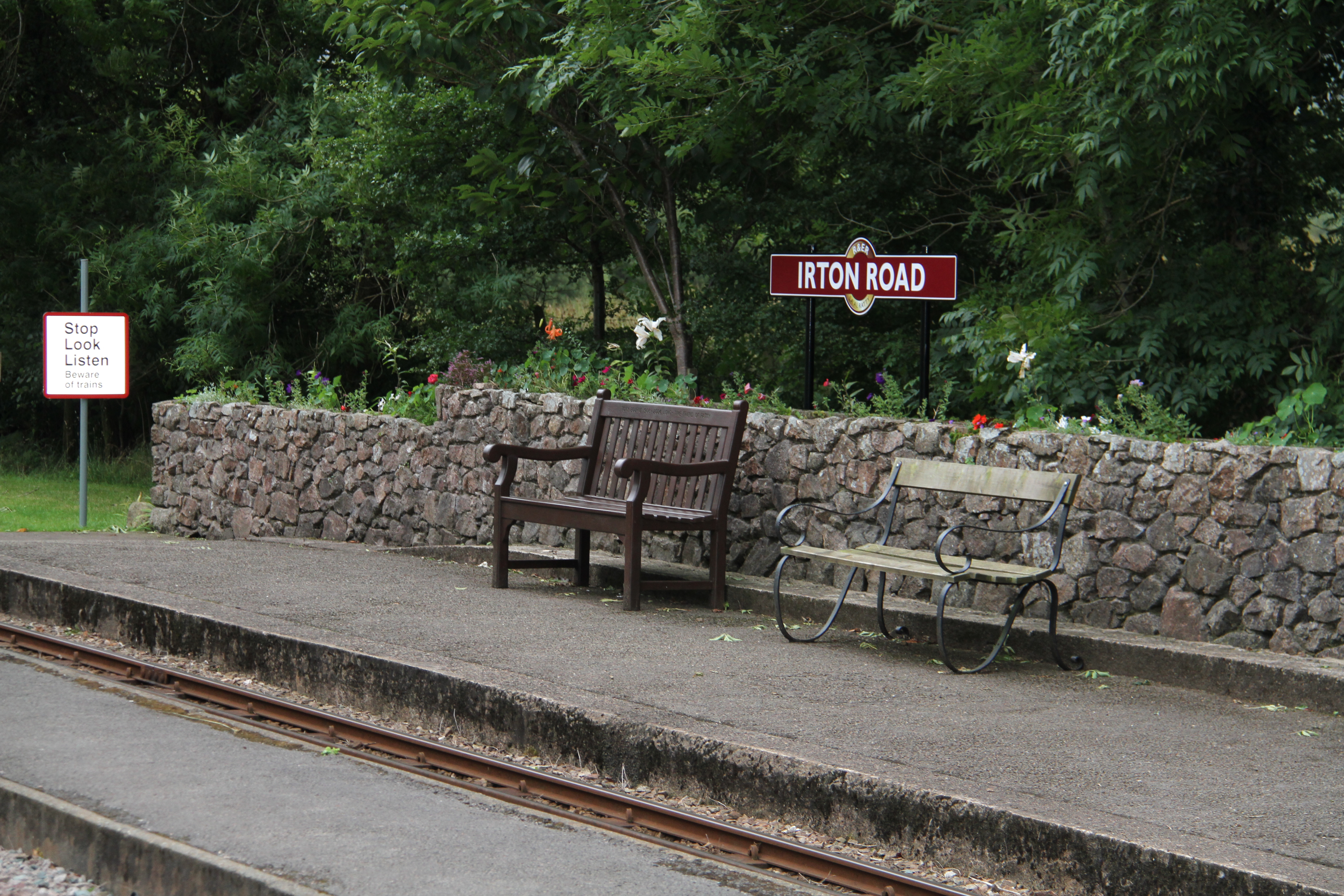
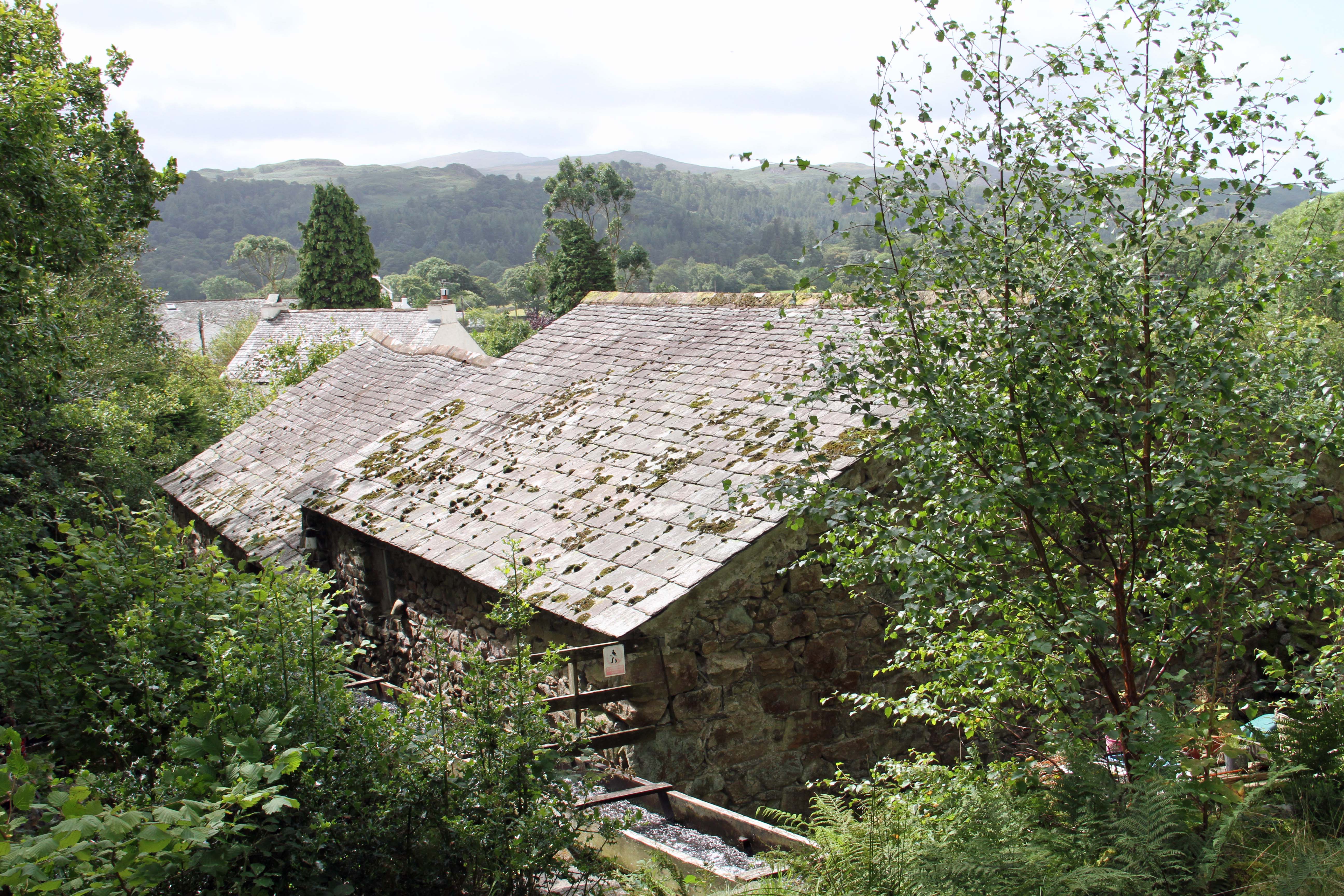
We had assumed this train was the train we needed to get back home so I was not too concerned when the train started moving as I assumed it was just moving further into station but …. alas not so. It just kept going and there I was on the train without a ticket — it was in Zita’s pocket! I wondered how I would explain this when asked for a ticket at the exit station. But it got worse, as we approached Irton Road station the train did not slow down….it did NOT stop at my station but just sailed on by to the next stop ‘The Green”. Luckily there is not much distance between Irton Road station and ‘The Green’ so I hopped off as soon as it stopped and went onto the road, turned left and hoped for the best. I hoped my sense of direction would take me back to Eskdale Green Village! I had rung my sister to let her know what had happened and Diane told me how to get into the house! It turned out to be a very enjoyable half hour walk back to home.
As soon as everyone was home Diane, the every thoughtful host, insisted we must go to the best view in the world/UK and so we set off for Wastewater Lake and then on to Scafell Peak passing Great Gable on the way. Everywhere was shrouded in mist and low cloud which gave an eerie feel to the lakes and hills. Just as we stopped to visit St Olaf’s church at the end of the lake (it is said to be the smallest church near the deepest lake and the highest mountain in England!) the heavens opened. Afra and I opted to stay in the car while Zita, Diane and Jack, the dog, walked to little church and got drowned!
On the way home we bought some beautiful local produce from the village store to have with our wine before we walked to the local pub, King George IV Inn for dinner, a quaint old pub that serves steak & ale pies, smoked haddock fishcakes, Bewley’s Cumberland sausages and local beef, mutton and fish. Another good atmosphere and a good time was had by all.
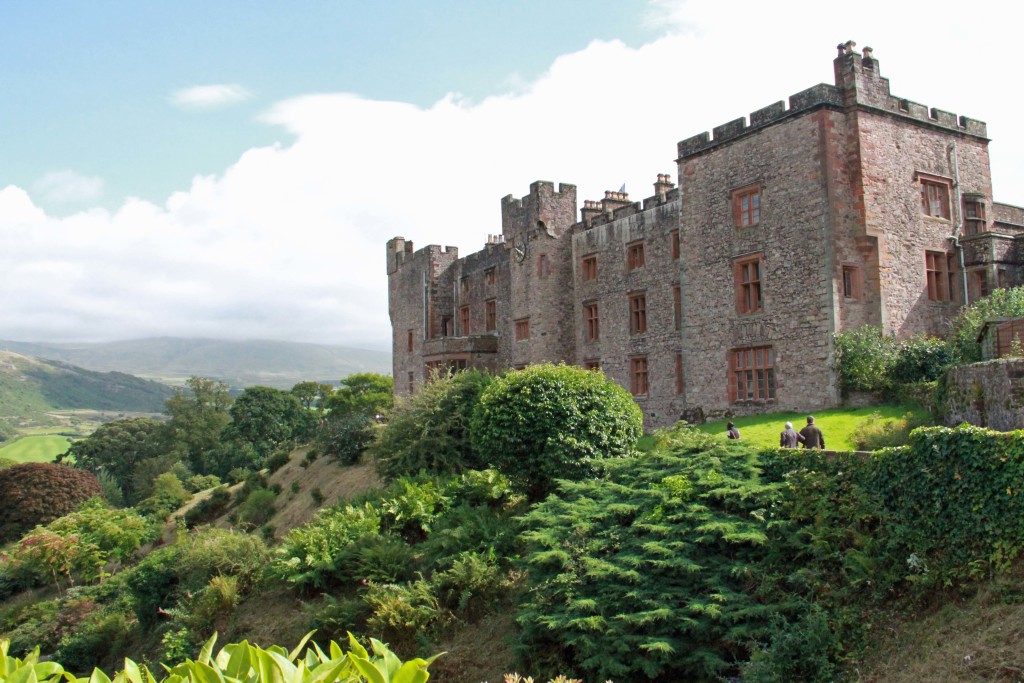
The next morning we headed off to Muncaster Castle, a privately owned castle near the Esk River, which is opened to the public. This supposedly ‘haunted house’ is still a ‘lived in’ family home belonging to the Pennington family who have lived in the Castle since 1208. Part of this castle is now a B&B which looked an amazing place to stay.
Entry to the castle, gardens, owl sanctuary and maze varies according to time of year and what area you wish to visit. There are 70 acres of beautiful gardens famous for their collection of rhododendrons and azaleas set against the stunning backdrop of the Lakeland fells. The Hawk & Owl Centre is truly worth a visit as you can see long-eared owl, barn owls and eagle owls in the ‘Sky Hunters’ bird display. The eagle owl is an amazing specimen and beautiful to watch fly through the air. We wandered for hours all around the grounds as my sister Afra and Diane discussed the name of each flower, shrub, bush and tree we passed. There were some beautiful little garden shelter huts made with lengths of tiny trees cut to exact size.
On our way home we stopped at the local store to buy more olives, cheese and crackers to celebrate our last night in Cumbria and to wash it down with some beautiful red wine.
What a beautiful place Cumbria is!

